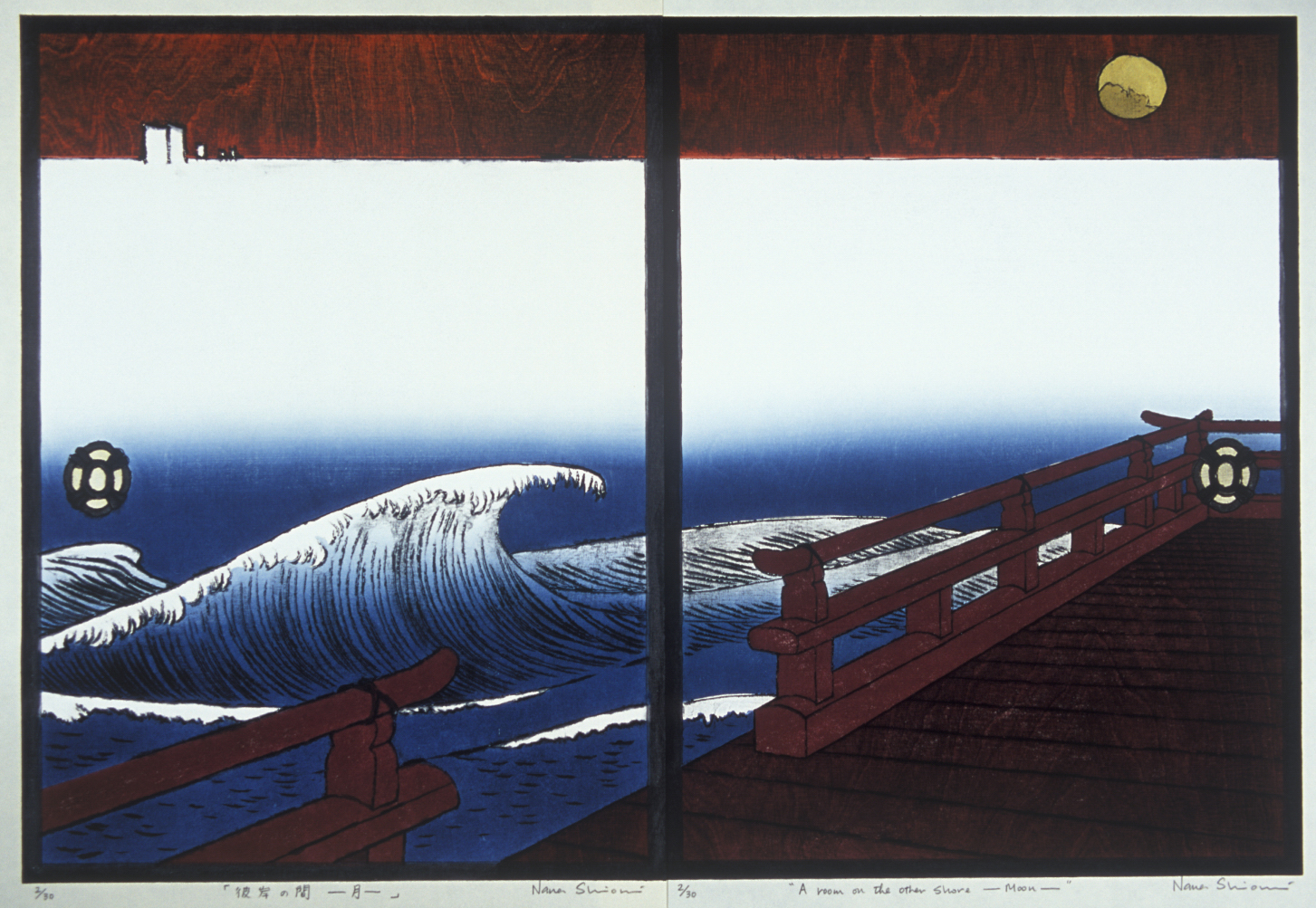Starting from the exhibition Japan Water, this conference and discussion looked at water purity and threats to it.
Crystal clarity is something quite special to Japan’s water and present in many striking images. But how does that relate to real life? Is it an ideal, or does it hide deeper problems of pollution? Is the cleanliness and clarity of water something we share in the UK?
In the company of specialists in different fields we spent an afternoon talking about pure water and the environment. Water is a complex and huge subject. We considered what we take for granted, and what we ought to be vigilant about.
An on-line event during Norfolk and Norwich Festival and to coincide with International Day for Biodiversity, Friday 21st May, 2-4pm BST.
Watch the video of the event here
The speakers
Keynote Speaker:
Professor Veronica Strang
(Environmental anthropologist, author of The Meaning of Water).
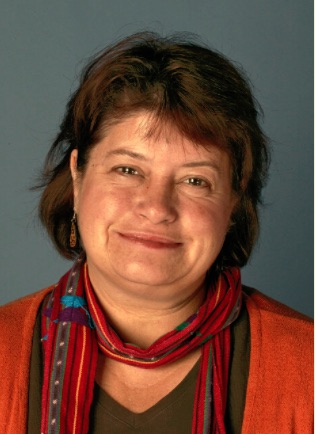
No one is better qualified to open our conference with some thoughts and observations about the purity of water and threats to it.
For the last 30 years Professor Strang’s research and consultancy work has been concerned with human-environmental relationships, in particular societies’ engagements with water. Every society has pressing water issues, so this has taken her all over the world, but her major ethnographic research has been in the UK, Australia and New Zealand. She has worked with the water industry and multiple water using groups including indigenous people, farmers, miners, urban and recreational water users, conservation organisations, museums and artists.
Speakers include:
Nana Shiomi, (exhibiting artist);
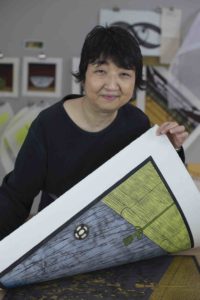
Nana will talk about her attitudes to the purity of water in Japan and why it is a subject in her striking images
Isao Miura (exhibiting artist);
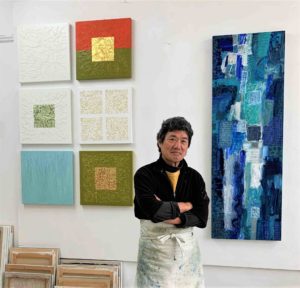
For Isao, the purity of water is a subject quite literally in his work. It also informs the symbolism of his paintings and sculptures.
Jonah Tosney (Operations Director, Norfolk Rivers Trust);
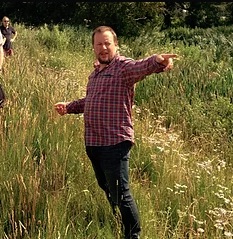
Jonah Tosney is responsible for monitoring the health of some really important world-class chalk river habitats. He is a river ecologist, with a background in conservation and research. He has previously worked with Wester Ross Fisheries Trust, University of Highlands and Islands, Yorkshire Water and the Yorkshire Dales National Park.
Louise Bleach (Head of Impact, Desolenator)
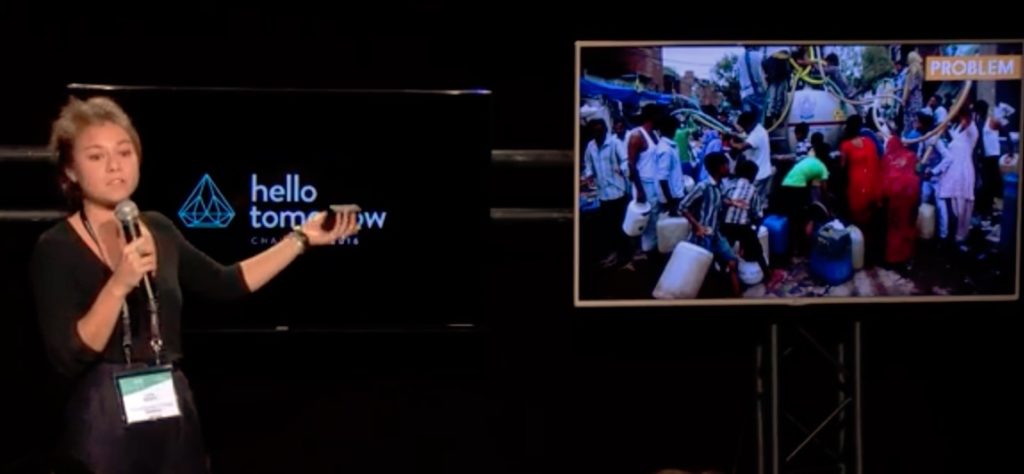
Louise Bleach is an expert in understanding water generally, and working internationally with organisations and communities involved in water projects. Her company specialises in solar energy powered water power solutions to desalination and purification.
Matthew Whaley (water consultant, Arup)
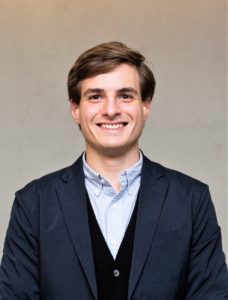
Matthew will discuss directions in governing and managing the water environment in the UK, focusing specially on water purity.
Outline and order of speakers
2 – 2.05 Introductory remarks
2.05 – 2.25 Professor Veronica Strang: From Purity to Pollution
2.25 – 2.35 Nana Shiomi: Thoughts on water – and art
2.35 – 2.45 Louise Bleach – Purity at what cost?
5 minute break
2.50 – 2.55 – View from the waterfall – art and environment – a quick insight from Prof Kato in Japan
2.55 – 3.10 Jonah Tosney – Issues with keeping rivers clean
3.10 – 3.20 Isao Miura (possibly with Chris Beckett) -Thoughts from farming the paddy field – to art
3.20 – 3.40 Matthew Whaley – governing and managing the water environment in the UK
3.40 – 4.00 questions and discussion open
Briefing notes
Purity of Water: potential themes
In planning this exhibition we came up against some central issues to do with water purity. Just as a start, there is a notable dependence on pure water in Japan: for food, tea, art materials – paper. There is huge respect and love for the country’s many waterfalls. And the images of glass-like reflections are notable, especially for example in contrast to the murky waters of northern Europe. But there are also changes, and the implications of pollution. For example, rice paddy fields of Japan were formerly rich in biodiversity and are now depleted through use of pesticides contaminating the water.
Subjects for discussion might include:
Local quality of water: The varying types of water treatment plants greatly affect the taste and texture of water. This is dependent on the treatment process, which may include the addition of chlorine, sodium silicofluoride, aluminium sulphate, fluorosilicic acid, and calcium hydroxide. Both Isao and Nana describe Japanese water as “soft”, while referring to English water as “hard”.
Rice paddies and neonicotinoids – The most popularly used insecticides are killing the firefly population in Japan in addition to wiping out plankton and fish in neighbouring lakes and rivers.
Chemical waste: The manufacturing process of most retail products often requires a harsh chemical process to transform a raw product into a usable material. Much of the aforementioned chemicals are often released into the nearest body of water which, in turn, affects neighboring communities and wildlife by contaminating their source of water.
With reference here to several articles in The Ecologist by environmental journalist, Phil Carter
https://theecologist.org/2020/jan/30/bayer-and-neonicotinoids-japan
https://theecologist.org/2020/may/26/broad-spectrum-insecticides-japan
https://theecologist.org/2020/jul/06/ramsar-convention-and-japans-rice-paddy-ecosystems
Soil salinization: The rising sea levels have a large impact on coastal farming, due to the increase in sodium that the soil soaks up which in turn, leads to the infertile land. This will ultimately lead to the climate migration of communities relying on the local farming industry.
Then there are the huge global matters of pollution much in the news lately:
Microplastics: This relatively recent issue has rapidly become a hot topic for environmentalists. Concerned parties understand that introducing microplastics into our food chain has largely unknown consequences for wildlife and the food industry.
Ocean acidification: Carbon dioxide dissolves in the ocean, decreasing pH levels which greatly thins the shells of crustacean and bivalvia, enabling predators to eat them with ease and hindering the growth of their shells. This will inevitably disrupt the biodiverse balance of the aquatic ecosystem.
Glacial retreat: The past few decades have seen a significant retreat of glaciers outside of the polar circle, in areas like Hokkaido and Iceland.
The environment
Where the environment is concerned we have to think globally. The lessons from this exhibition will be a starting point for us to make comparisons, to discuss parallel issues locally and more widely.
Speakers will begin from the ideas that come from the art and then discuss its implications for the environment both in the UK and for Japan and other parts of the world.
Art can lead us to a realm of discussion through the ideas it raises, but the discussion can roam into a wider field. The whole point will be to discuss the environment as a result. So using the art as a starting point – one event will veer towards issues of purity and pollution, the second one, more about power and communities.
The wave
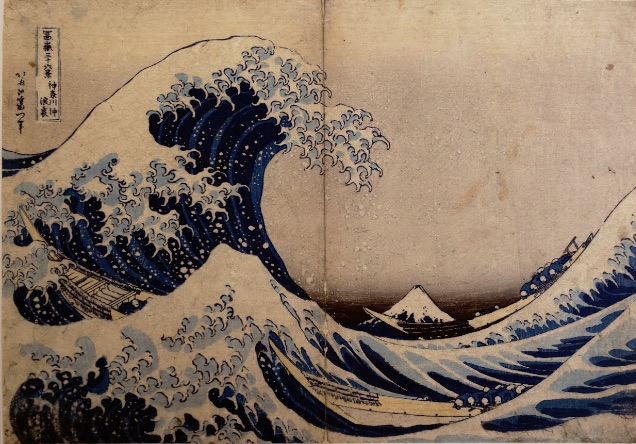
The wave is an iconic image in Japanese art and culture. As we have learned through the great early 19th-century Japanese artist and print-maker Hokusai, it is an image for the world too. Hokusai’s The Great Wave off Kanagawa (1829-1833), one of his 36 Views of Mount Fuji series, is world famous, making its appearance in so many contexts. Every artist in the exhibition owes a debt to this work in particular. For the second conference on 25 June, we will be making reflections on the real experience of the 2011 tsunami, flooding and nuclear disasters.
Bookings and enquiries
You can book via Eventbrite here https://www.eventbrite.co.uk/e/the-purity-of-water-tickets-150085328257
Also for bookings and further enquiries send a message to mail@groundworkgallery.co

